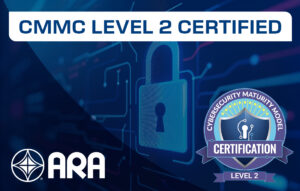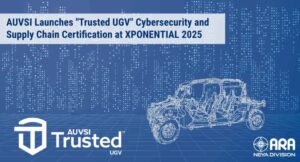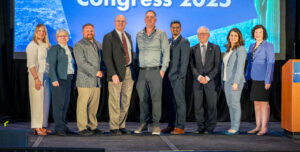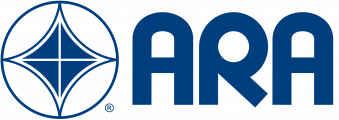Applied Research Associate Inc.’s (ARA) matrix-solve technologies enable first-principle or full-wave radar cross section (RCS) characterization using computer simulation at unprecedented frequencies, solving problems with 10 million unknowns in hours rather than the usual days, and making real-world RCS predictions a reality for applications in the Department of Defense and beyond.
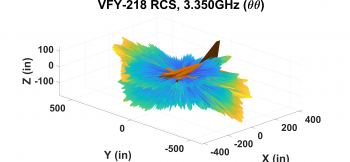
To characterize RCS at frequencies of interest, matrix problems must be solved with matrix sizes ranging from millions to hundreds of millions of unknowns. One application is to measure fighter and bomber backscatter RCS, an indication of the aircraft’s observability.
“Just like your thumb print, different fighters have different signatures,” said computational scientist Tri Van. “To do electromagnetic problems, we have to solve very large matrix systems. The problem depends on the frequency, and when the frequency goes higher, your problem size, the matrix that you derive, gets bigger.”
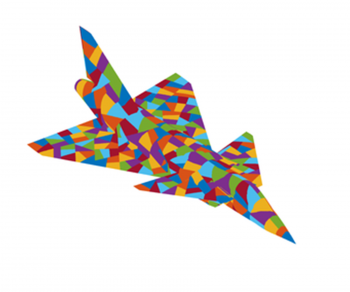
Outside the DoD, applications include self-driving car target identification and classification for all weather conditions. Recently, a leading global automobile supplier contracted ARA to characterize the RCS response of commercial cars to improve the safety of autonomous vehicles. In order for autonomous vehicles to safely react to their environment, the vehicle needs to be able to classify surrounding obstacles, such as other vehicles, in real time.
A direct-solve, physics-based computational electromagnetic (CEM) simulation of a car at millimeter-wave frequencies has to-date been impossible, as it requires solving hundreds of millions of unknowns. Now, for the first time, full-size cars can be analyzed and characterized, providing very accurate data at a fraction of the cost and time.
ARA has developed a direct-solve Domain Decomposition Method (DDM) to enable simulations beyond 10 million unknowns. The method constructs Macro Basis Functions (MBFs) on subdomains, clusters of mesh elements.
This next-gen method reduced a 10 million unknown RCS problem to only 400,000 MBF unknowns. This 400,000-unknowns matrix was then compressed using the prior state-of-the-art Adaptive Cross Approximation (ACA) method and factored on a supercomputer in less than four hours, instead of days, with only 0.04 percent of the original matrix entries present in the fully-compressed matrix representation.
“WE PUT A LOT OF SECRET SAUCE INTO OUR PARALLEL IMPLEMENTATION OF THE ACCELERATION TECHNIQUE AND COMPRESSION TECHNIQUE TO BE ABLE TO SOLVE A PROBLEM WITH TEN MILLION UNKNOWNS.” – TRI VAN, ARA COMPUTATIONAL SCIENTIST.
ARA’s Computational Physical Sciences Group, led by Van, developed the improved compression and acceleration methods. Van says these methods can be applied to any large compressible matrix problems – problems involving acoustics or pressure waves, for example – not just those involving RF applications.
The team is integrating its ACA, compressive DDM, and multi-level fast multipole method (MLFMM) with ARA’s General Electromagnetic Model for the Analysis of Complex Systems (GEMACS) software.
The modernized and accelerated GEMACS software is expected to outperform commercial CEM software for large-scale, real-world RCS and antenna problems, allowing ARA to solve problems for a broad category of customers while making our world a safer place.
ARA has received multiple awards for contributions to computational electromagnetics, and continues to improve its novel, next-gen methods to enable larger CEM simulations.
Contact
Tri Van
937-435-1016
tivan@ara.com
